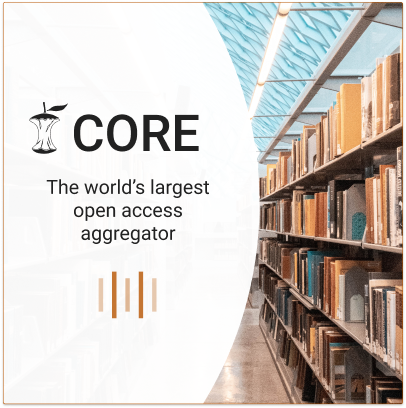3 research outputs found
Effects of spatial confinement on migratory properties of Dictyostelium discoideum cells
 Get PDF
Get PDF10.1080/19420889.2021.1872917Communicative & Integrative Biology1415-1
Effects of spatial confinement on migratory properties of Dictyostelium discoideum cells.
 Full text link
Full text linkMigratory environments of various eukaryotic cells, such as amoeba, leukocytes and cancer cells, typically involve spatial confinement. Numerous studies have recently emerged, aimed to develop experimental platforms that better recapitulate the characteristics of the cellular microenvironment. Using microfluidic technologies, we show that increasing confinement of Dictyostelium discoideum cells into narrower micro-channels resulted in a significant change in the mode of migration and associated arrangement of the actomyosin cytoskeleton. We observed that cells tended to migrate at constant speed, the magnitude of which was dependent on the size of the channels, as was the locomotory strategy adopted by each cell. Two different migration modes were observed, pseudopod-based and bleb-based migration, with bleb based migration being more frequent with increasing confinement and leading to slower migration. Beside the migration mode, we found that the major determinants of cell speed are its protrusion rate, the amount of F-actin at its leading edge and the number of actin foci. Our results highlighted the impact of the microenvironments on cell behavior. Furthermore, we developed a novel quantitative movement analysis platform for mono-dimensional cell migration that allows for standardization and simplification of the experimental conditions and aids investigation of the complex and dynamic processes occurring at the single-cell level
Effects of spatial confinement on migratory properties of Dictyostelium discoideum cells
 Get PDF
Get PDF© 2021 The Author(s). Published by Informa UK Limited, trading as Taylor & Francis Group. This is an Open Access article distributed under the terms of the Creative Commons Attribution License (http://creativecommons.org/licenses/by/4.0/), which permits unrestricted use, distribution, and reproduction in any medium, provided the original work is properly cited. Funding This work was supported a PhD studentship of the Engineering and Physical Sciences Research Council and Biotechnology and Biological Sciences Research Council Grant [BB/L00271X/1 to C.J.W.].Peer reviewedPublisher PD
